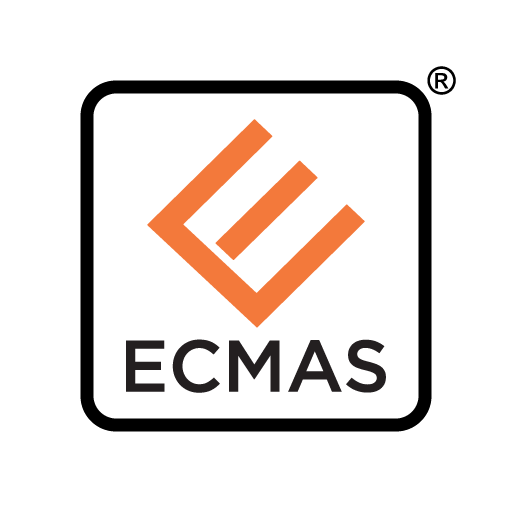A protective coating is a liquid material used in construction settings to protect a surface from various elements like chemicals, carbonation, sunlight, acid rains, UV rays, and corrosion. They dry to form a tough protective layer that offers superior protection internally and externally.
Protective coatings can be metallic and non-metallic. Most common materials used in metallic coatings are zinc, chromium, aluminum and polymers, polyurethanes, epoxies in non-metallic protective coatings.
Protective coatings are used extensively to repair and restore old structures, especially areas with exposed steel reinforcements, giving the dull building a new, shiny look.
Food grade solvent free epoxy coatings are widely used in retail, wholesale food commercial spaces and also for water retaining structures of residential buildings because of their strong defense against bacteria, mildew and mould.
Protective coatings play a significant role in providing essential air barriers for energy-efficient building envelopes, thus stopping the flow of air through the structure, protecting it, and increasing the efficiency of the heating and cooling systems.
Along with these benefits, solar-reflective protective coatings can help residential and commercial buildings reduce the urban heat island effect by minimizing the heat absorbed and re-emitted by the structure by transforming their roofs into cool roofs. ECMAS cool roof coats are designed with high-quality titanium dioxide, which reflects >100% of Solar Radiation, and specialty Nano Ceramic hollow spheres, which reduces heat transmission.

There are a wide range of protective coatings offered at ECMAS (ECMAGURAD), based on the desired results like:
Anti-Carbonation
The presence of carbon dioxide (CO2) and calcium hydroxide (Ca(OH)2) in concrete leads to an effect called as carbonation, which causes a faster deterioration of concrete, leading to corrosion of reinforcement. Anti-carbonation coatings provide a high resistance to carbon dioxide and acts as a barrier for concrete.
Chemical Resistance
Chemical resistant coatings are designed to protect the surface from harsh chemicals, alkalis and acids. They perform well even in the harshest of environments and are highly resistant. Without these coatings, the chemicals can easily get dissolved into the surface and cause erosion.
Cool Roof
Cool roof applications require a solar-reflective coating to deflect the sun’s rays and minimize heat absorption on the roof surface. By reducing heat absorption, cool roof coatings also reduce the carbon footprint through decreased use of air conditioners.
